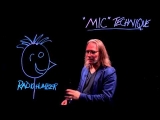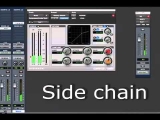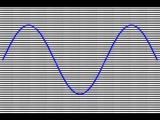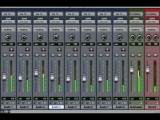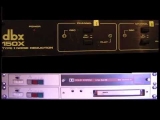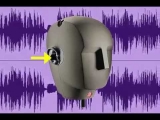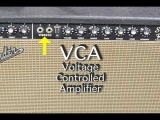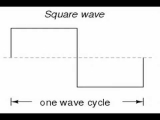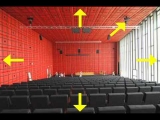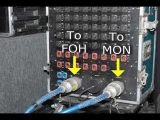Program Limiting.m4v
Program Limiting.m4v
Compressors and limiters can act on individual elements of a mix, and can help control the dynamics. For instance, a compressor can help keep the dialog track or the lead vocal out front in a , whenever a compressor or limiter is placed on the mix output, it becomes a program limiter, because it’s acting on the entire records are mastered, program limiting is almost always done by the mastering engineer, who generally prefers that the mix engineer do very little or no program limiting, since once the material has been compressed, the mastering engineer has fewer and televisions stations also use program limiters to increase the average volume and protect the transmitter from overloads. If properly used, program limiters can make the signal louder by maintaining a higher average volume. If overused, as with any compressor or limiter, it can make the program material sound “smashed” and lacking in dynamics. As always, the trick to using any dynamic compression is to know how much is too much.
